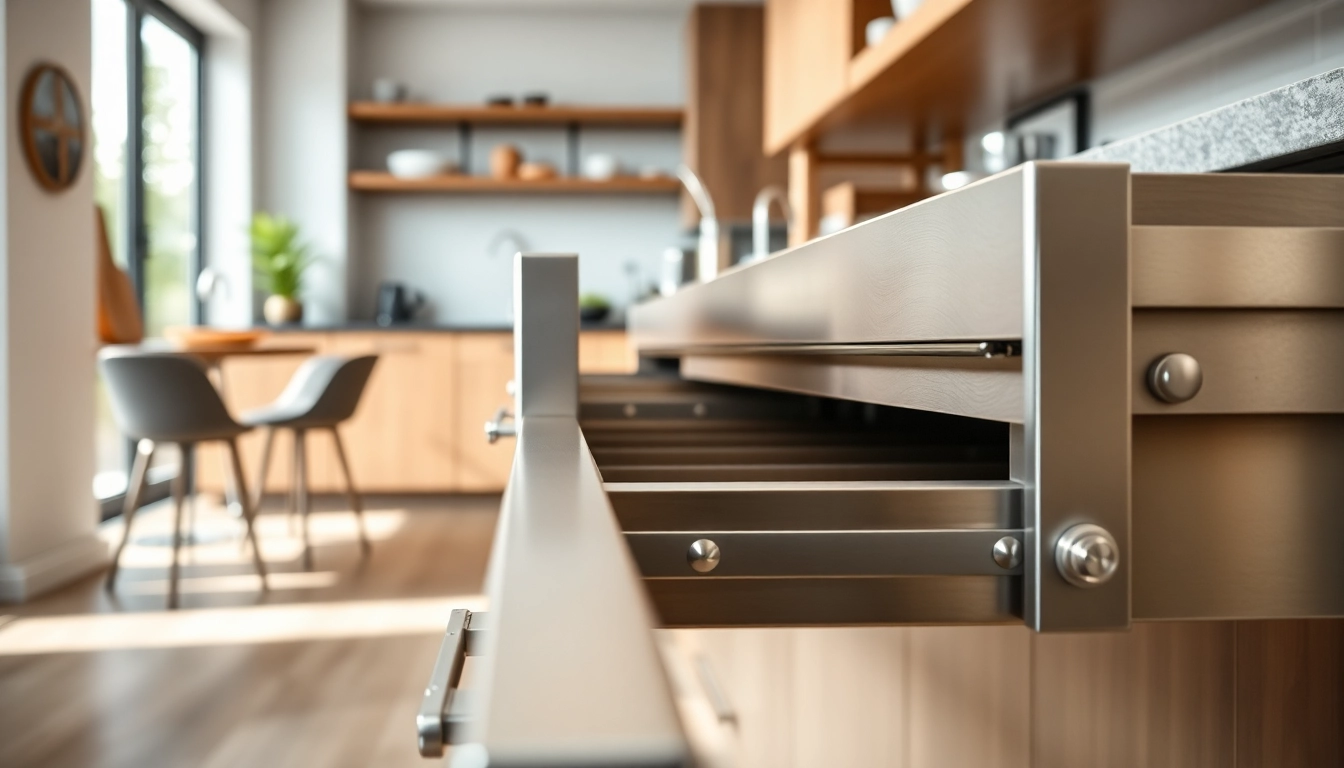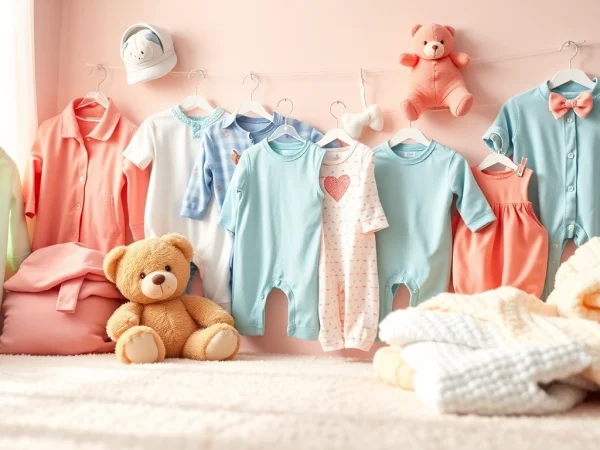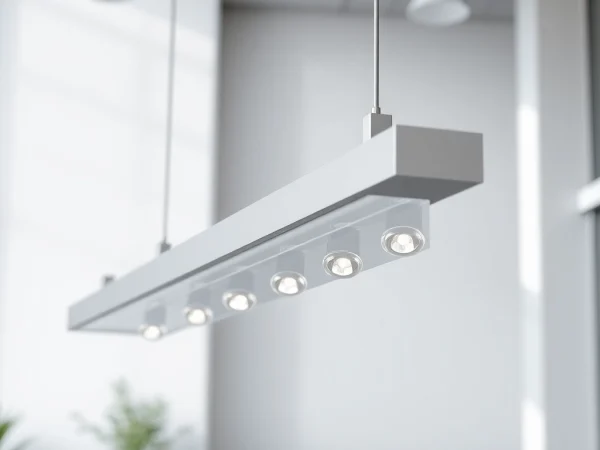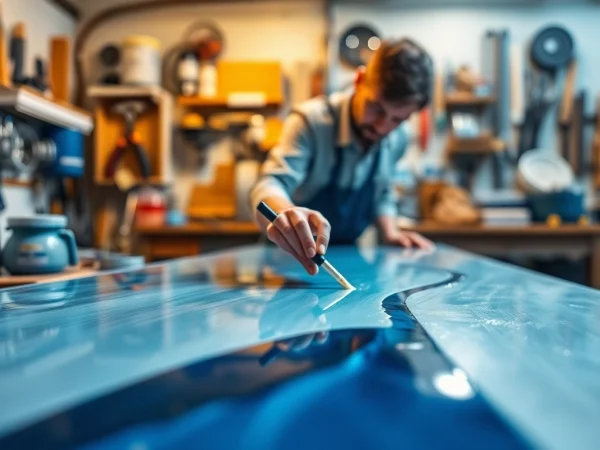Enhancing Your Space with Efficient Metal Drawer Systems
Understanding Metal Drawer Systems
As we navigate the complexities of modern living and working environments, the importance of efficient storage solutions becomes ever more evident. One such solution that has gained popularity for its durability and functionality is the Metal Drawer System. These systems are designed to enhance organization, streamline accessibility, and improve overall space utilization. In this article, we will delve into the various aspects of metal drawer systems, exploring their features, benefits, types, installation processes, and more.
What is a Metal Drawer System?
A metal drawer system refers to a storage solution comprising metal drawers and associated hardware, including slides and connectors. Unlike traditional wooden drawers, metal drawer systems epitomize strength and longevity. They are commonly employed in various settings, such as kitchens, offices, and workshops, providing seamless performance and aesthetic appeal.
Key Features of Metal Drawer Systems
Metal drawer systems are distinguished by several key features that enhance their functionality:
- Durability: Crafted from high-quality metals, these systems are designed to endure heavy usage without warping or breaking.
- Load Capacity: Many metal drawer systems can accommodate substantial weights, making them ideal for storing tools, kitchenware, or office supplies.
- Versatility: Available in numerous sizes and configurations, they can be customized to fit various spaces and meet specific needs.
- Easy Installation: Most metal drawer systems come with user-friendly installation guides and systems, allowing for rapid setup.
- Design Options: With a variety of finishes and designs, these drawers can complement any decor style, from industrial to modern.
Benefits of Using Metal Drawer Systems
The adoption of metal drawer systems brings numerous benefits, making them a popular choice among homeowners and businesses alike:
- Enhanced Organization: Metal drawers promote tidiness by providing dedicated spaces for different items, reducing clutter.
- Improved Accessibility: Drawers can be pulled out easily, allowing quick access to contents, unlike stacked or shelved storage.
- Maintenance-Friendly: Metal surfaces are typically easy to clean and resistant to stains and spills, ensuring a hygienic environment.
- Cost-Effective: Given their longevity and durability, investing in metal drawer systems often saves money in the long run compared to less durable options.
- Environmentally Friendly: Many metal systems are recyclable, promoting sustainability within modern design.
Types of Metal Drawer Systems
Understanding the different types of metal drawer systems is crucial to selecting the right one for your needs. They vary primarily by slide mechanisms, design variations, and weight support.
Slide Mechanisms Explained
Metal drawer systems utilize various slide mechanisms that significantly impact their performance:
- Ball-Bearing Slides: These slides allow smooth and quiet operation, making them ideal for residential and office settings.
- Concealed Slides: These systems are hidden within the drawer box, offering a clean aesthetic while providing excellent functionality.
- Heavy-Duty Slides: Designed for industrial applications, these slides support greater weights and withstand rigorous use.
- Self-Closing Mechanisms: Many modern metal drawer systems feature self-closing technology, which adds an extra layer of convenience and safety.
Design Variations and Customizations
Metal drawer systems come with various design options, allowing for extensive customization. Homeowners and designers can choose from:
- Drawer Width and Depth: Options range from standard sizes to custom dimensions to fit unique spaces.
- Finishes: Drawers can be powder-coated in multiple colors or left with a metallic finish for a sleek look.
- Dividers and Inserts: Customizable dividers can enhance organization, allowing users to separate items efficiently.
- Handles and Pulls: A variety of handle styles are available, from minimalist designs to more decorative options.
Heavy-Duty vs. Standard Options
Choosing between heavy-duty and standard metal drawer systems largely depends on the intended application:
- Heavy-Duty Drawers: Ideal for industrial environments or workshops where the drawers need to support significant weight and withstand rough handling.
- Standard Drawers: Suited for home use or lighter applications, these provide ample functionality while being aesthetically pleasing.
Choosing the Right Metal Drawer System
Selecting the right metal drawer system involves considering various factors and evaluating your specific requirements. This sound decision-making process will ensure functionality and satisfaction.
Factors to Consider Before Purchasing
Before making a purchase, consider the following key factors:
- Weight Capacity: Assess the items you plan to store and choose a system that supports the appropriate weight.
- Dimensions: Measure available space to select drawers that will fit securely while still providing easy access.
- Slide Mechanism: Determine which slide mechanism best suits your usage pattern and aesthetic preferences.
- Material Quality: Investigate the gauge of metal used in construction; thicker gages imply greater durability.
- Warranty: Look for products that offer solid warranties, which often indicates manufacturer confidence in their durability.
Popular Brands and Models
When considering your options, familiarizing yourself with some popular brands may simplify your decision:
- Blum: Known for high-quality, innovative drawer systems such as their Tandembox series, Blum provides excellent performance and customization.
- Häfele: Offers a variety of drawer systems including ball-bearing and undermount options, known for their reliability.
- Knape & Vogt: Renowned for robust and often customizable metal drawer systems available in various finishes.
- Grass USA: Popular for their ZBox system, which combines metal drawer boxes with ball-bearing slides for economical yet sturdy solutions.
- Richelieu: A one-stop shop for various hardware solutions, they stock a wide range of metal drawer systems tailored for woodworking needs.
User Reviews and Ratings
Before finalizing your choice, review user experiences and ratings for insights into performance and satisfaction. Websites like CabinetParts and Company websites provide reviews which can guide you in assessing product effectiveness and longevity.
Installing Metal Drawer Systems
Installation of metal drawer systems is typically straightforward and can often be accomplished with basic tools. However, adhering to best practices can ensure optimal performance and longevity.
Step-by-Step Installation Guide
Follow these steps for a successful installation:
- Gather Tools: Require essential tools like a screwdriver, drill, measuring tape, and level.
- Measure Space: Make precise measurements to ensure your spacing allows for a snug fit while providing efficient operation.
- Assemble Components: Follow the product manual to assemble the drawer components carefully.
- Attach Slides: Install slides according to the manufacturer’s instructions, ensuring they are level and correctly aligned.
- Insert the Drawer: Once the slides are secured, gently insert the drawer, ensuring smooth operation.
- Test Functionality: Open and close the drawer several times to ensure it operates smoothly; make adjustments as needed.
Common Installation Mistakes to Avoid
To prevent issues down the line, be aware of these common pitfalls:
- Not Measuring Accurately: Double-check measurements before purchasing and during installation to avoid fitment issues.
- Improper Slide Alignment: Ensure slides are level and parallel; misaligned slides lead to improper function.
- Neglecting Pre-Assembly: Assemble individual parts before installation to ensure all components fit together neatly.
- Ignoring Weight Capacity: Be mindful of the recommended weight capacity to avoid damage or malfunction.
Maintenance Tips for Longevity
To ensure your metal drawer systems last, facilitate regular maintenance:
- Regular Cleaning: Clean surfaces with a damp cloth and mild detergent to prevent dirt and grime buildup.
- Inspect Slides: Periodically check for dust or debris in slide channels to maintain smooth operation.
- Lubrication: Apply a silicone-based lubricant to the slides at least once a year to ensure continued smooth function.
- Avoid Overloading: Stay within the weight limits specified by the manufacturer to prolong the life of the drawer system.
Maximizing Efficiency with Metal Drawer Systems
Leveraging the full potential of metal drawer systems can optimize not only your storage but also your workflow and accessibility.
Organizational Tips for Drawer Use
Efficient drawer organization enhances functionality. Consider these tips:
- Clutter-Free Zones: Dedicate specific drawers for specific categories (tools, paperwork, dishware) to simplify access.
- Use Dividers: Employ dividers to keep similar items together and enhance organization.
- Label Drawers: Labeling can expedite the finding process, especially in shared use environments.
- Prioritize Frequency of Use: Place more frequently used items in easily accessible drawers.
Adapting to Different Spaces (Home/Office)
Metal drawer systems adapt seamlessly across environments. Here are a few examples:
- Home Use: Utilize metal drawer systems in kitchens for cookware, offices for documents, and living areas for miscellaneous items.
- Office Use: Create filing stations, tool storage, or general supply areas that promote efficiency and reduce clutter.
- Workshop Settings: Heavy-duty metal drawer systems are ideal for storing tools and hardware, ensuring easy access and organization.
Future Trends in Drawer Technology
The future of metal drawer systems promises exciting developments. Emerging trends include:
- Smart Technology: Integration of smart features, such as electronic locks and sensors for counting and inventory management.
- Sustainable Materials: Increasingly impacted by environmental concerns, manufacturers are moving towards recycled or sustainable materials.
- Design Integration: Advancements in design processes will allow for even more customizable options to meet unique consumer needs.
- Enhanced Mechanisms: Innovations in sliding mechanisms to further improve durability and user-friendliness are on the horizon.










